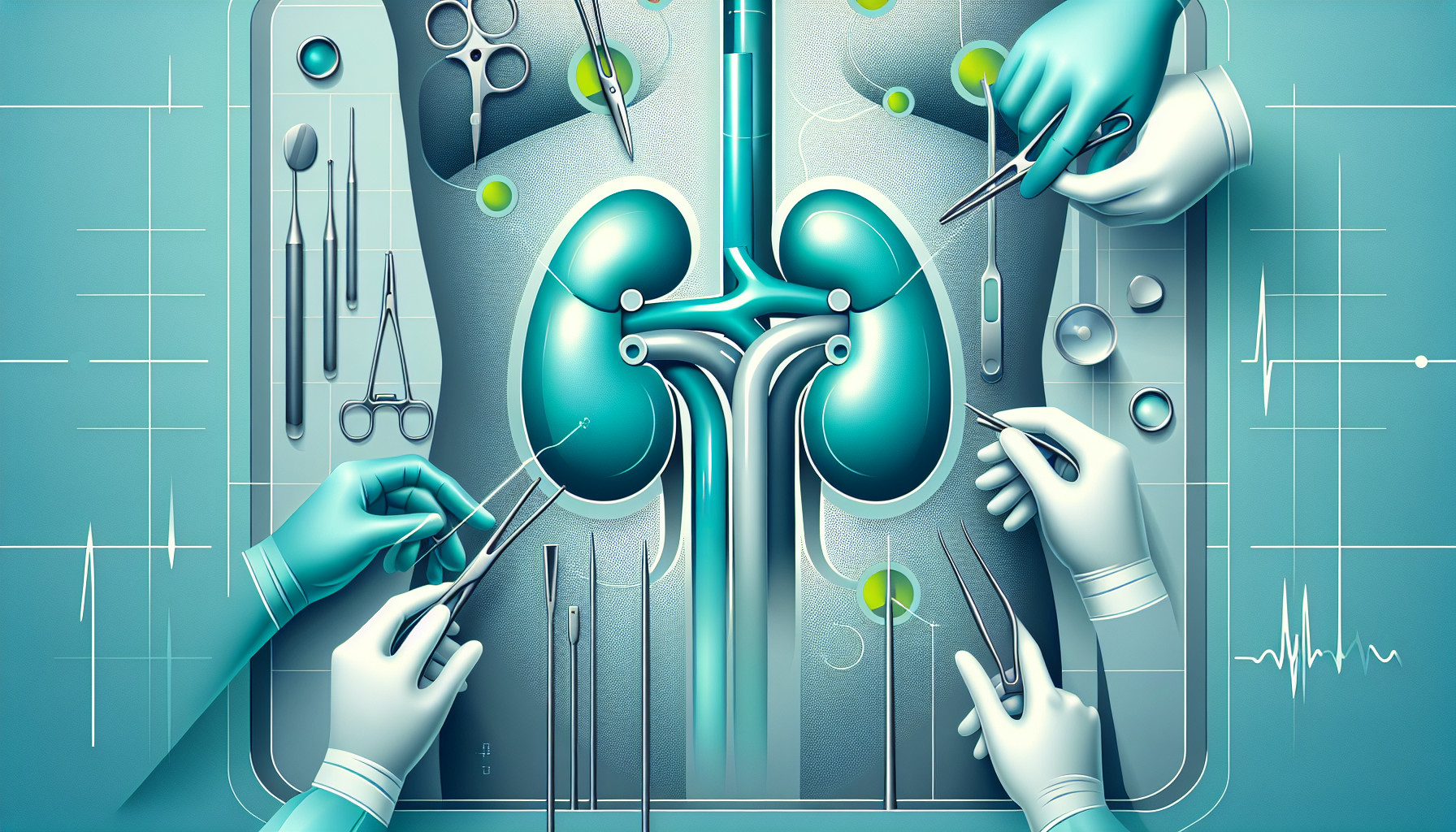Our Summary
Telemedicine is the use of technology to provide healthcare from a distance. Although it’s not widely used yet in kidney transplants, it’s expected to become much more common. It has several advantages for patients, like saving time and money on travel, helping patients stick to their medication and appointments, making patients more independent, and giving more reliable blood pressure readings. However, there are also several obstacles to introducing telemedicine in this area. Some patients might not want to use it, or might not have the skills or digital literacy to do so. Many countries might not have the necessary digital infrastructure, and there could be legal, policy, cost and payment issues. Plus, medical professionals involved in transplants might need time, training and willingness to adapt to this new way of providing care. The paper discusses the current use and advantages of telemedicine in kidney transplants, the obstacles to its implementation, and potential future developments.
FAQs
- How can telemedicine be beneficial for patients undergoing kidney transplants?
- What are the potential obstacles to implementing telemedicine in the field of kidney transplants?
- What are the potential future developments for the use of telemedicine in kidney transplants?
Doctor’s Tip
One helpful tip a doctor might tell a patient about kidney transplant is to follow the post-transplant care plan diligently. This includes taking prescribed medications on time, attending follow-up appointments, and following a healthy diet and exercise regimen. By taking care of your new kidney, you can help ensure its long-term success and improve your overall health and quality of life.
Suitable For
Patients who are typically recommended for kidney transplant include those with end-stage renal disease who are not responding well to dialysis, have a good chance of survival with a transplant, and do not have any medical or psychological contraindications. These patients may have kidney failure due to conditions such as diabetes, hypertension, polycystic kidney disease, glomerulonephritis, or other kidney diseases. Additionally, patients who have a suitable living donor or are on a deceased donor waiting list may be recommended for a kidney transplant.
Timeline
Before Kidney Transplant:
- Patient is diagnosed with kidney failure and starts dialysis treatment.
- Patient undergoes evaluation to determine if they are a suitable candidate for a transplant.
- Patient is placed on the kidney transplant waiting list.
- Patient receives notification that a suitable donor kidney is available.
- Patient undergoes pre-transplant testing and preparation for surgery.
After Kidney Transplant:
- Patient undergoes kidney transplant surgery.
- Patient is monitored closely in the hospital for any complications.
- Patient begins taking immunosuppressant medications to prevent rejection of the new kidney.
- Patient is discharged from the hospital and continues to be monitored regularly by their healthcare team.
- Patient adjusts to life with a new kidney, including making lifestyle changes and following a strict medication regimen.
- Patient attends regular follow-up appointments to ensure the success of the transplant and monitor for any complications.
What to Ask Your Doctor
- What are the benefits of telemedicine for kidney transplant patients?
- How will telemedicine help me manage my medication and appointments post-transplant?
- What kind of digital infrastructure is needed for telemedicine to be effective in kidney transplants?
- Are there any legal or policy issues that could affect the implementation of telemedicine in kidney transplants?
- How will medical professionals involved in my transplant need to adapt to using telemedicine?
- Will telemedicine save me money on travel expenses related to my transplant care?
- How can I ensure that I have the necessary digital literacy to use telemedicine effectively?
- How can telemedicine help me stay independent in managing my post-transplant care?
- What are the potential future developments in telemedicine for kidney transplants?
- Are there any potential drawbacks or limitations to using telemedicine for kidney transplant patients?
Reference
Authors: Hezer B, Massey EK, Reinders MEJ, Tielen M, van de Wetering J, Hesselink DA, van den Hoogen MWF. Journal: Transplantation. 2024 Feb 1;108(2):409-420. doi: 10.1097/TP.0000000000004660. Epub 2023 Jun 2. PMID: 37264512
